The Chaparral biome in California is characterized by hot, dry summers and mild, wet winters. It is home to unique plant species such as chaparral shrubs and oak trees, as well as animals like coyotes, deer, and bobcats. The region is susceptible to wildfires due to the dry climate, but these natural disasters also play a role in maintaining the ecosystem by promoting new growth and seed dispersal. This biome is also found in the Mediterranean, South America, Australia and South Africa. The word chaparral comes from the Portuguese and Spanish word “chaparro" meaning evergreen oak shrub land.
In 2006 I decided to draw inspiration from the unique flora and fauna of the region to bring awareness to undervalued community where LA residents opt for pesticide and water hungry lawns and non native palm trees, rather than the local sages, artemisias, oaks, etc.
Although I had participated in guided nature walks with David Crow in the 90's, my conscious journey with California native plants began in the Spring of 2000. Looking back on this journey now, truly feels like a portal opened, keep reading to hear the entire warp and weft of this layered story.
In May of 2000 I purchased a very cute 1950's ranch style house up in the Santa Monica Mountains. There was a plethora of very tall Eucalyptus trees on the front hillside, and the landscaped has been done in the typical manner of the time, using plants from a local conglomerate, that required huge amounts of water, fertilizers, etc. Heck, there was even a small lawn!
At the time I was working as a freelance illustrator while teaching aromatherapy and natural perfume on the side. Most of my illustrations had themes of humans & nature and/or a spiritual component.
Then one day, BAM, a builder bought the 4,600 square foot empty lot next to the house and informed us that his plan was to cut down all eight oaks, four of which were heritage, and build a three story megalith. This led me to doing huge amounts of research, learning that there were several ordinances protecting the oaks in the woodland, thus I started a petition to protect the trees.
After doing all I could physically, I had an idea. In the 80’s and 90’s, when I worked as in editorial illustrator in NYC, I would do social commentary for several newspapers. (This was before the media was as captive as it is now.) So, on the eve of the Celtic holiday known as Beltane, I went out and gathered oak leaves to tincture for a perfume with the intention of protecting these seven oaks, and bring awareness to the plight of these trees. That perfume was Q.
The experience with the oak sparked a significant shift in my creative life, ultimately leading to the development of Illuminated Perfume. The connection between nature and creativity as a driving force expanded to new heights. The perfume following Q was Chaparral, which led to the theme of the native plants of the California biome.
After launching Chaparral I learned that the name I had chosen for my perfume was also a reference to the plant Larrea tridentata, which goes by many other common names including greasewood, creosote and, my personal favorite “la gobernadora”. In spanish “la gobernadora” means the governess. Given that the plant commonly grows in circular formations, this feminine name feels very appropo. This is due to its unique root system that sends up new shoots from the original central plant, gradually expanding outward over time. These circular growth patterns, known as "creosote rings," are a common phenomenon in desert ecosystems where the plant thrives. This growth strategy helps the plant optimize access to scarce resources such as water and nutrients, allowing it to survive in harsh arid environments.
Greasewood is a desert shrub with small, waxy leaves that produces a strong-smelling resin. It is known for its ability to survive in harsh environments with poor soil and little water, making it a common plant in arid regions such as the southwestern United States and Mexico. The resin of the creosote plant has been used for various medicinal and cultural purposes by indigenous peoples, and the plant itself plays an important role in the desert ecosystem, providing food and shelter for wildlife.
I hadn’t had any interaction with greasewood until I moved to New Mexico in 2017. Since then, I have ground, distilled, infused and tinctured the plant for incense, perfume and a hydrosol.
This creative journey I’ve been on, from starting with a professional career working in visuals to including aromatics, has been such a transformative and rewarding ride. Where this magical carpet will continue to lead is unknown, but sure to be quite an interesting turns. Remaining hopeful amidst the chaos, requires being open and curious to bring new ideas forward, and shift stagnant energy.
The inspiration for writing this post is in an effort to continue raising awareness for the Chaparral biome and all the diversity of plants, but also to bring attention to the work of Rick Halsey of the CA Chaparral Institute. Rick has been quite a luminous light in the realm of brining awareness to the native plants of California. Please check out this piece titled Nature is Not Our Garden in Need of Tending, and support his tireless efforts.

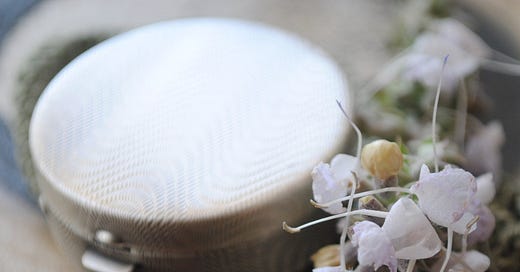



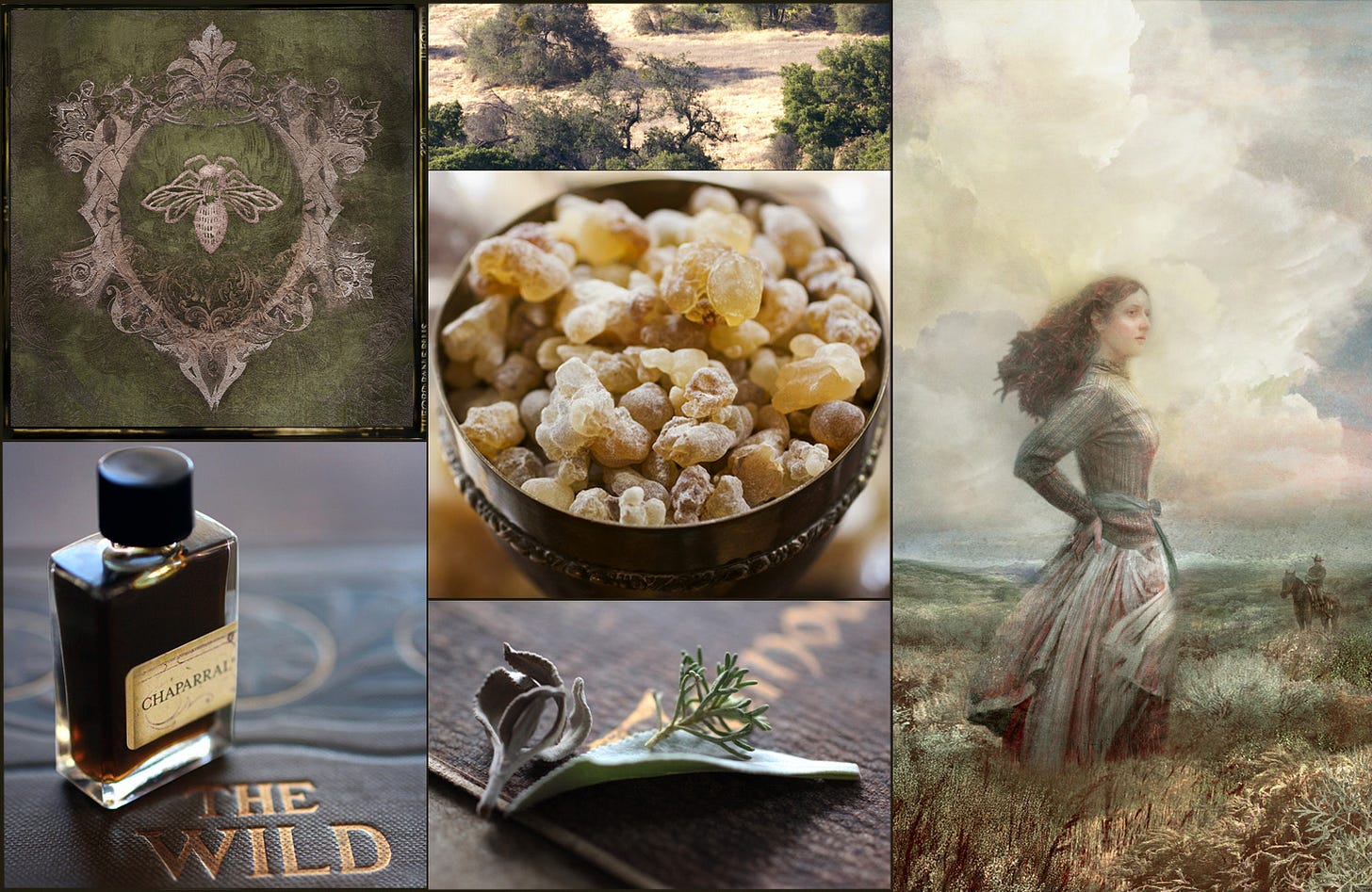
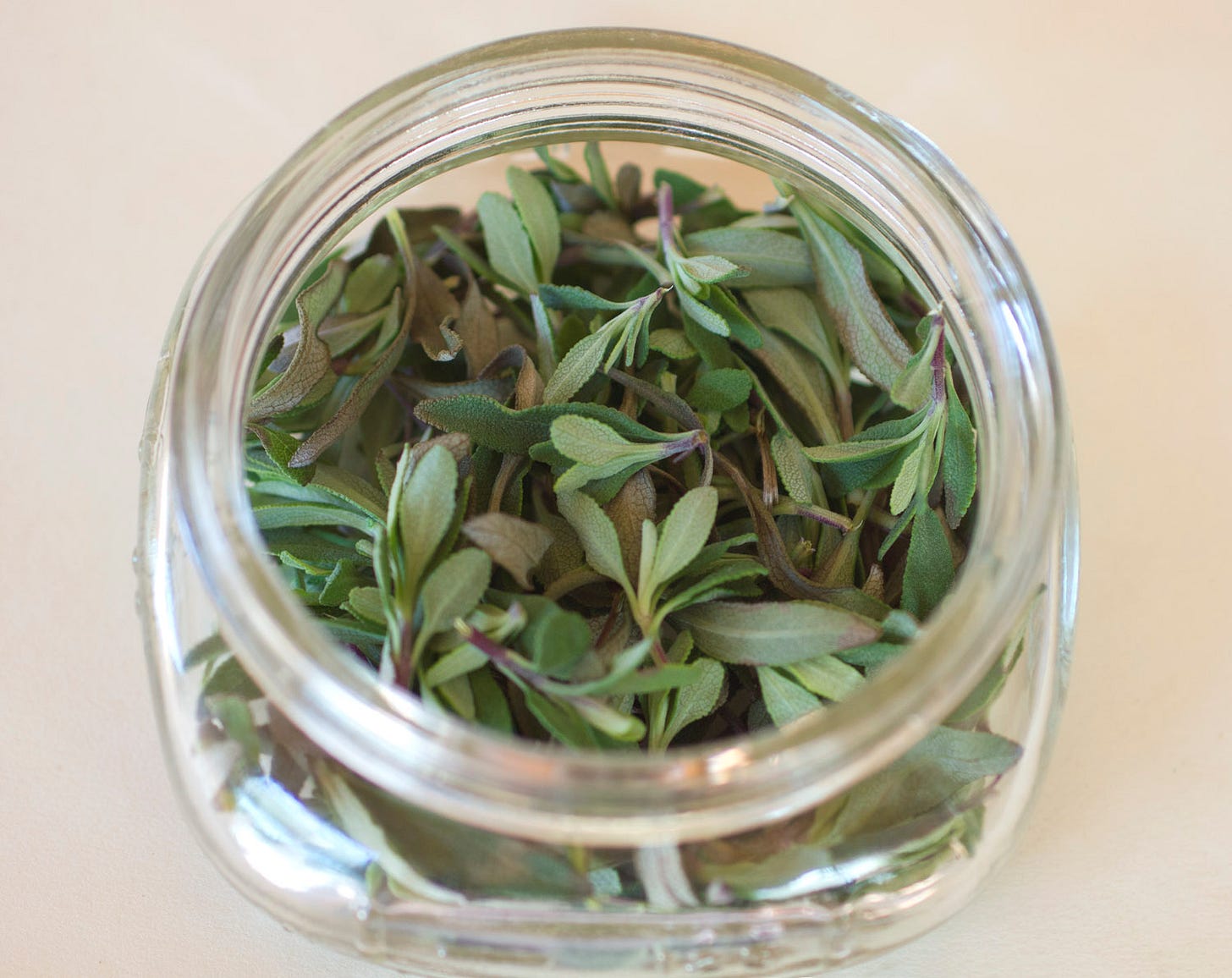
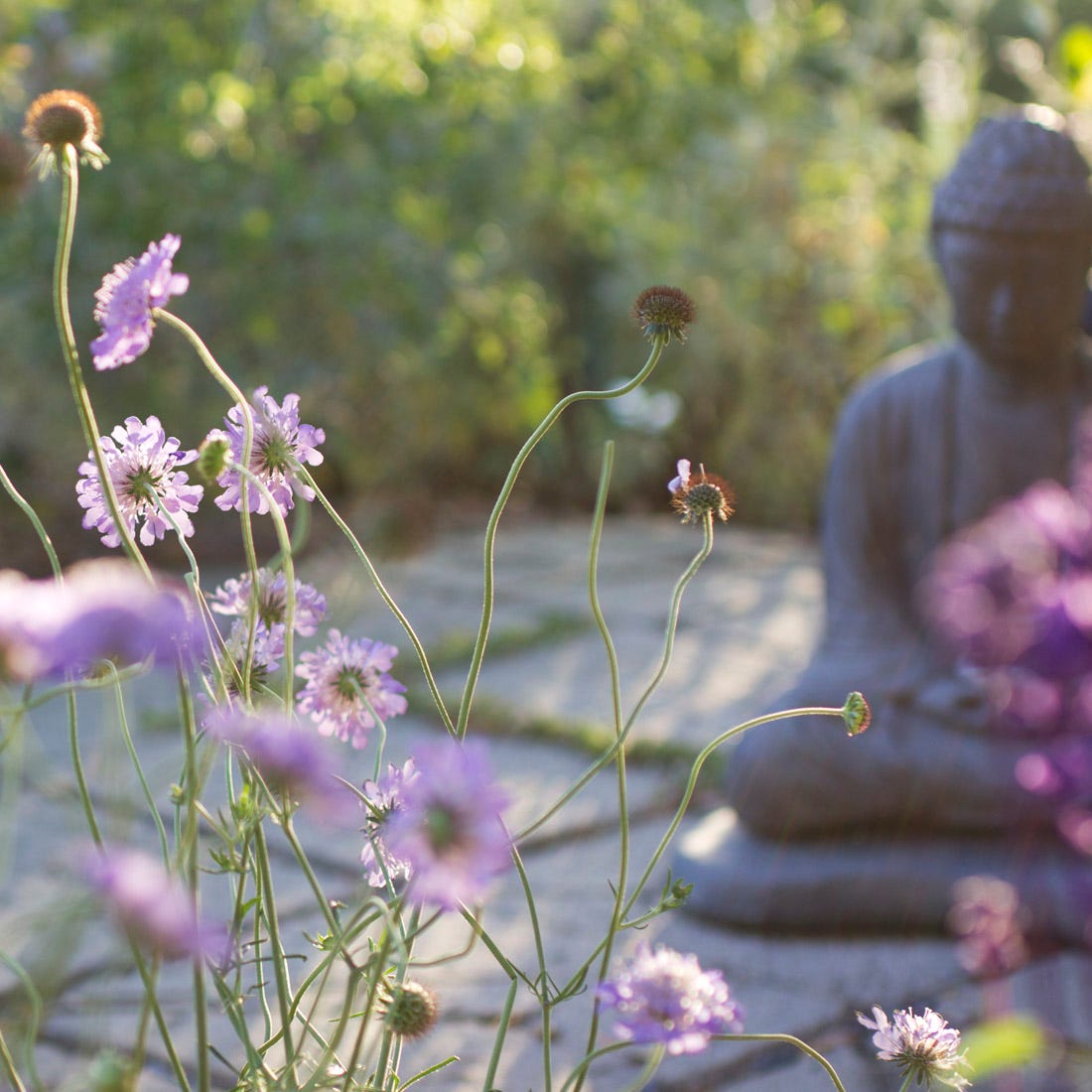




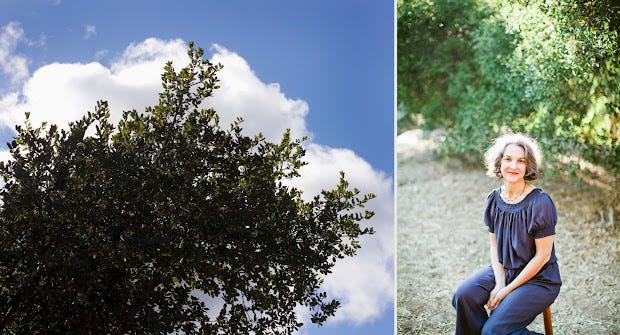
Beautiful story, Roxana. So inspiring how your desire to preserve those beautiful oaks was the catalyst for Illuminated Perfumes. What a journey!